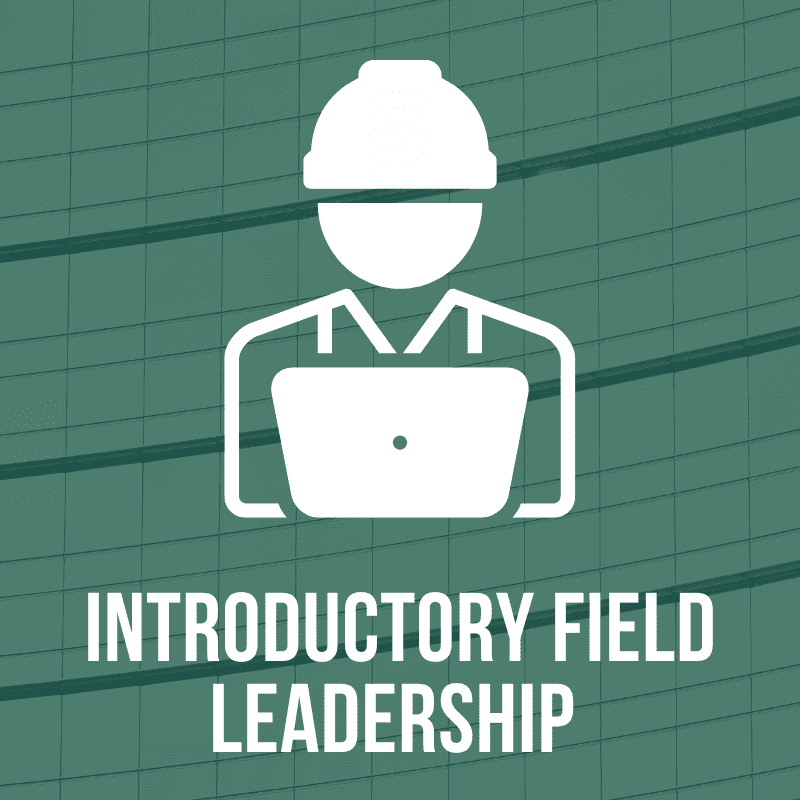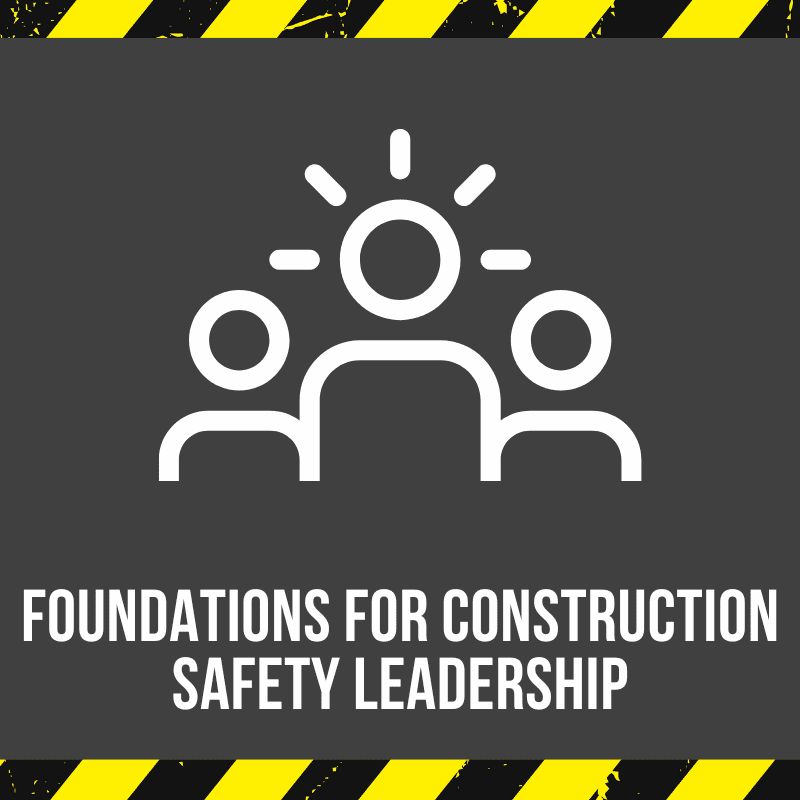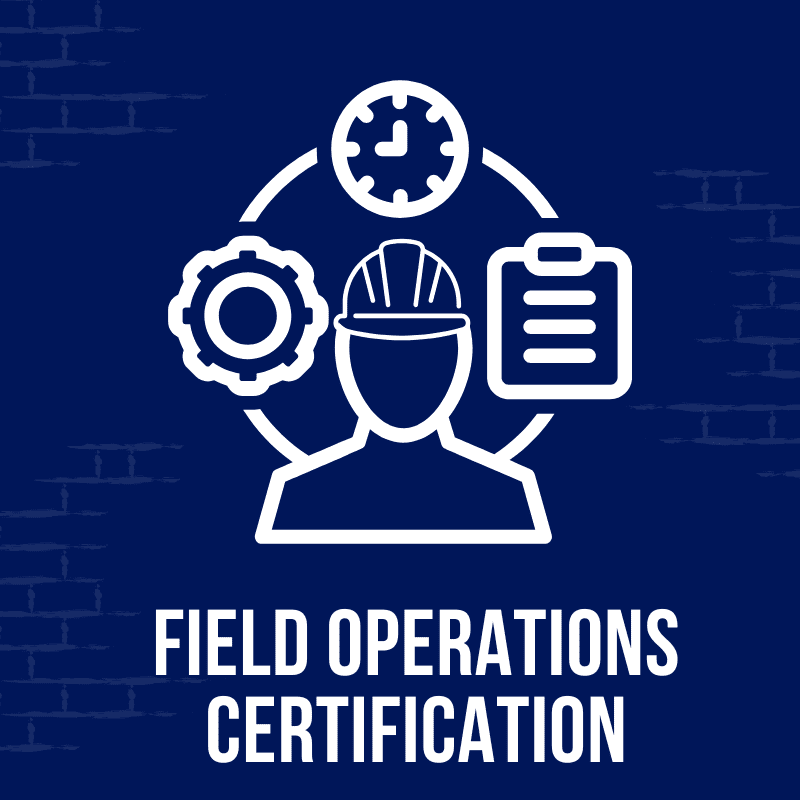
Course Description
The NCCER certified CORE for Industry Professionals course is designed as a rigorous, competency-based program. CORE is a prerequisite to all other Level I craft curriculum. Completing this curriculum gives students the skills needed to continue education in any craft area they choose.
COURSE Details
- Cost per semester: $1,500 tuition; $50 materials/lab fee; $75 course textbook
- Instructors: Brian Marion & Clark Causely
- Credentials Earned: WMCI Core Certificate, NCCER Core Certificate, OSHA 10 Safety Certification, First Aid/CPR Certification
There are two sections of core courses to choose from:
fULL dAY & eVENING

INSTRUCTOR: Brian Marion
Field Director, EV Construction
- Full Day Section
- Dates: Sept. 7 - Nov. 8, 2022
- Days of Week: Wednesdays
- Time: 7AM - 3PM

INSTRUCTOR: Clark Causely
Project Supervisor, Lakewood Inc
- Evening Section
- Dates: Sept. 7 - Dec. 21
- Days of Week: Wednesdays
- Time: 4PM - 8PM
Course FAQs
Who is this for?
This CORE course is designed for individuals who are already working in the construction industry. This is typically an employer sponsored training.
What will students graduate with?
Upon successful completion of this course, graduates will receive the following benefits:
- NCCER Certification
- WMCI CORE Certification
- Foundational skills to excel in the skilled trades
- Soft skills such as leadership and communication important to advancing any career in construction
- The confidence to proficiently use the most modern construction tools and technology
- A strong community of fellow tradespeople to rely on
Course Curriculum
BASIC SAFETY
Work at construction and industrial job sites can be hazardous. Most job-site incidents are caused by at-risk behavior, poor planning, lack of training, or failure to recognize the hazards. To help prevent incidents, every company must have a proactive safety program. Safety must be incorporated into all phases of the job and involve employees at every level, including management.
Introduction to Construction Math
Craft professionals rely on math to do their jobs accurately and efficiently. Plumbers calculate pipe lengths, plan drain slopes, and interpret dimensioned plans. Carpenters meet code requirements by using math to frame walls and ceilings properly. HVAC professionals develop ductwork and calculate airflow with practical geometry. Whichever craft lies in your future, math will play a role in it. This module reviews the math that you will need and sharpens the skills that you will be using in the exciting modules ahead.
Introduction to Hand Tools
Every profession has its tools. A surgeon uses a scalpel, an instructor uses a whiteboard, and an accountant uses a calculator. The construction crafts require a broad array of hand tools. Even if you are familiar with some of the tools, all craftworkers need to learn how to select, maintain, and use them safely. A quality hand tool may cost more up front, but if it is properly used and maintained, it will last for years. A true craft professional invests wisely in hand tools, and uses, maintains, and stores them with the same wisdom.
Introduction to Power Tools
Power tools play an important role in the construction industry. Thousands of construction workers across the world use power tools every day to make holes, cut different types of materials, smooth rough surfaces, and shape a variety of products. Regardless of their specialization, all construction workers eventually use power tools on their job. This module provides an overview of the common types of power tools and how they function. It also describes the proper techniques required to ensure their safe and efficient operation.
Introduction to Construction Drawings
Various types of construction drawings are used to represent actual components of a building project. The drawings provide specific information about the locations of the parts of a structure, the types of materials to be used, and the correct layout of the building. Knowing the purposes of the different types of drawings and interpreting the drawings correctly are important skills for anyone who works in the construction trades. This module introduces common types of construction drawings, their basic components, standard drawing elements, and measurement tools that are typically used when working with construction drawings.
Introduction to Basic Rigging
A common activity at nearly every construction site is the movement of material and equipment from one place to another using various types of lifting gear. The procedures involved in performing this task are known as rigging. Not every worker will participate in rigging operations, but nearly all will be exposed to it at one time or another. This module provides an overview of the various types of rigging equipment, common hitches used during a rigging operation, and the related Emergency Stop hand signal.
Basic Communication Skills
The construction professional communicates constantly. The ability to communicate skillfully will help to make you a better worker and a more effective leader. This module provides guidance in listening to understand, and speaking with clarity. It explains how to use and understand written materials, and it also provides techniques and guidelines that will help you to improve your writing skills.
Basic Employability Skills
Becoming gainfully employed in the construction industry takes more preparation than simply filling out a job application. It is essential to understand how the construction industry and potential employers operate. Your trade skills are extremely important, but all employers are also looking for those who are eager to advance and demonstrate positive personal characteristics. This module discusses the skills needed to pursue employment successfully.
Introduction to Materials Handling
Lifting, stacking, transporting, and unloading materials such as brick, pipe, and various supplies are routine tasks on a job site. Whether performing these tasks manually or with the aid of specialized equipment, workers must follow basic safety guidelines to keep themselves and their co-workers safe. This module provides guidelines for using the appropriate PPE for the material being handled and using proper procedures and techniques to carry out the job.











